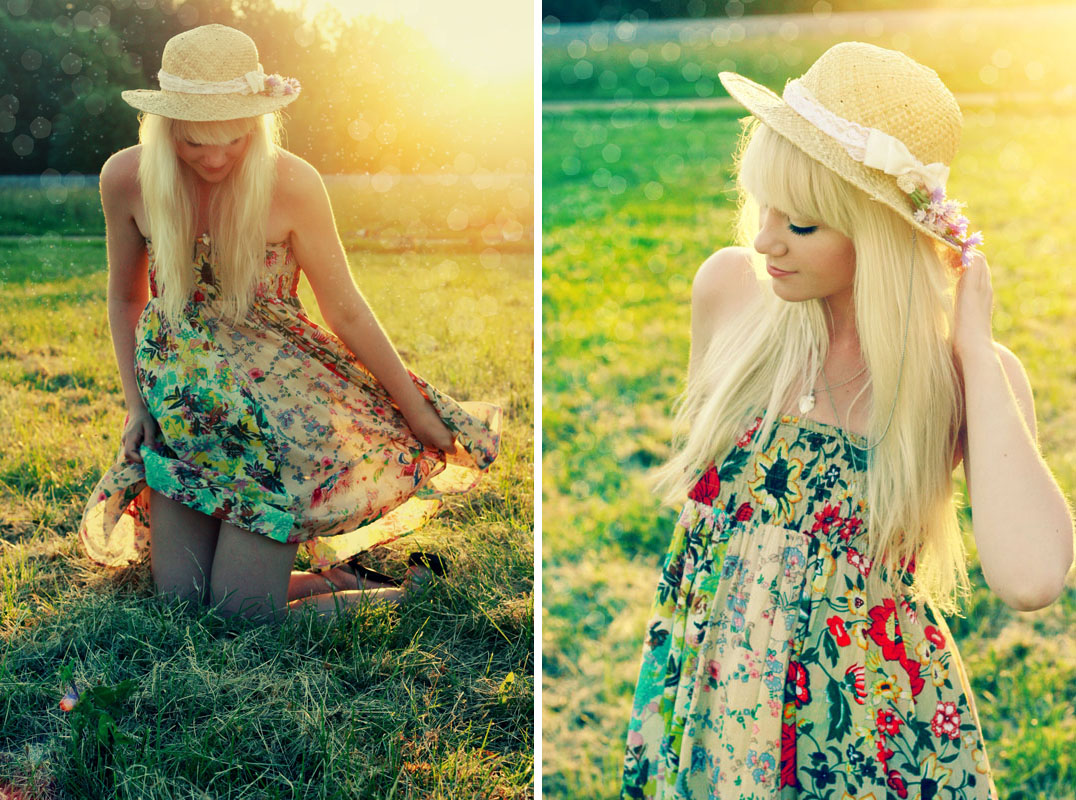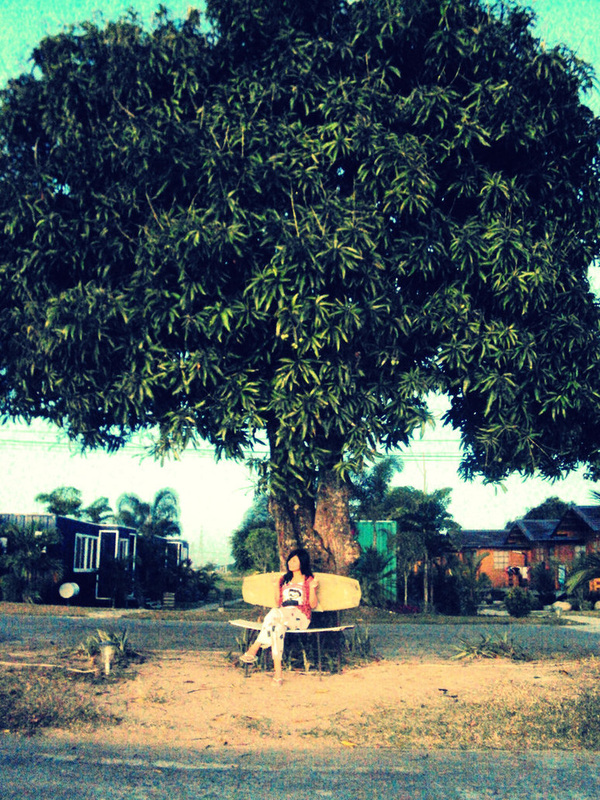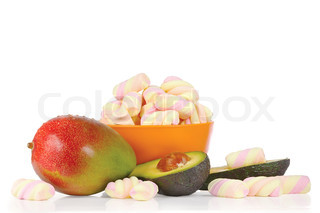
The fruits grow at the end of a long, stringlike stem (the former panicle), with sometimes two or more fruits to a stem. The fruits are 2 to 9 inches long and may be kidney shaped, ovate or (rarely) round. They range in size from 8 ounces to around 24 ounces. The flower scar at the apex is prominent, in some cultivars bulging from the fruit. The leathery skin is waxy and smooth, and when ripe completely pale green or yellow marked with red, according to cultivar. It is inedible and contains a sap that is irritating to some people. The quality of the fruit is based on the scarcity of fiber and minimal turpentine taste.
The flesh of a mango is peachlike and juicy, with more or less numerous fibers radiating from the husk of the single large kidney-shaped seed. Fibers are more pronounced in fruits grown with hard water and chemical fertilizers. The flavor is pleasant and rich and high in sugars and acid. The seed may either have a single embryo, generating one seedling, or polyembryonic, producing several seedlings that are identical but not always true to the parent type. It is impossible to distinguish true-to-type from zygotic seedlings from the same fruit. Some seedlings produce numerous tiny, parthenocarpic fruits which fail to develop and abort. Mango trees tend to be alternate bearing. werbemittel weihnachten
The flesh of a mango is peachlike and juicy, with more or less numerous fibers radiating from the husk of the single large kidney-shaped seed. Fibers are more pronounced in fruits grown with hard water and chemical fertilizers. The flavor is pleasant and rich and high in sugars and acid. The seed may either have a single embryo, generating one seedling, or polyembryonic, producing several seedlings that are identical but not always true to the parent type. It is impossible to distinguish true-to-type from zygotic seedlings from the same fruit. Some seedlings produce numerous tiny, parthenocarpic fruits which fail to develop and abort. Mango trees tend to be alternate bearing. werbemittel weihnachten









 RSS Feed
RSS Feed